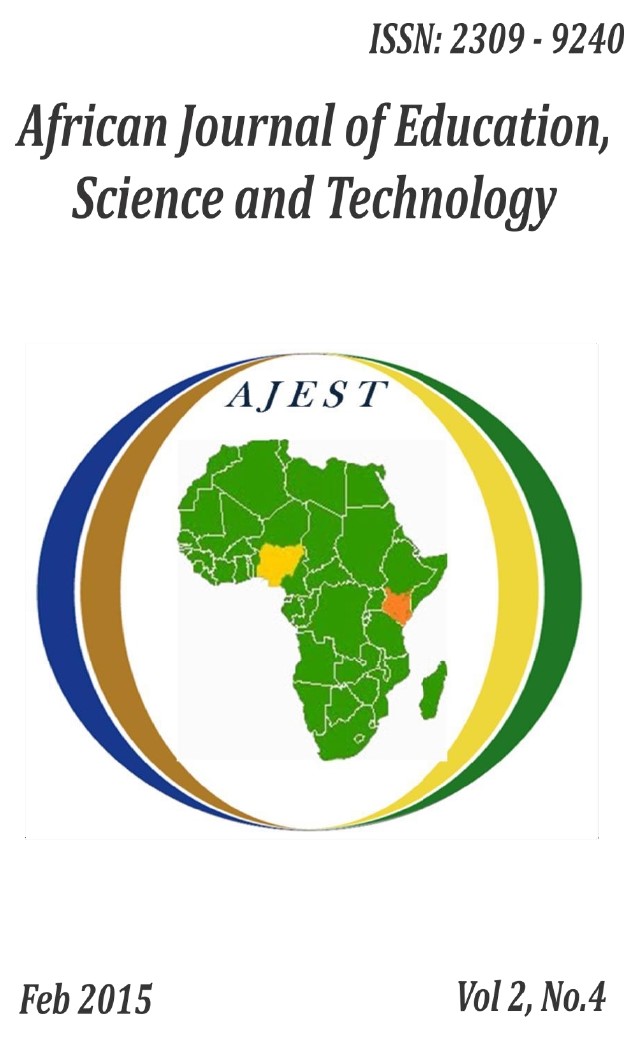Alleviation of Malnutrition and Food Insecurity Using Kitchen Gardening
##article.abstract##
Small-scale rural-based agricultural intervention were food is grown at the backyard of the compound is an approach that can address food and nutrition security. The study area has characteristic of high population in small area, low life among casual workers working at the factory which prompted social life diseases such as Malaria, Aids and Malnutrition like kwashiorkor and anemia. The study considered the social-economic and health impacts of Kitchen Gardens and their role in environmental conservation in the tea estates at Nandi Hills, Kenya. This research employed a case study at the Nandi Tea Estate Company. Multi stage approach was used in village selection and simple random sampling was used in data collection at household. Structured questionnaires, interviews with key informants, and observations were the main tools for data collection. Excel and SPSS as statistical package was the main software used for data analysis. The result showed above 70 % of waste water generated from the kitchen was used for irrigating the vegetable gardens. Further, results revealed health improvement through reduction of diseases related to food scarcity such as Anemia and Malnutrition in the proportion of 94% and 88% respectively. There was marginal economic improvement from the sale of kitchen garden products and decrease in vegetable expenditure in most of the household practicing Kitchen Garden (KG). In conclusion KG was found to positively impact on the health of the population, improved their economic wellbeing and enabled the conservation of environment by maximizing the organic waste into benefit. It is recommended that introduction of KG should be introduced in places characterized by high concentration of people with small farms to develop kitchen garden to reap its benefit. Research should be conducted to find ways of using borehole waters drawn manually to be used by household to increase kitchen garden benefit.
References
Food and Agricultural Organization (FAO) (1991), Shifting Cultivators: Local Technical Knowledge and Natural Resource management in the Humid Tropics. Community Forest Note 8. Rome Italy.
Food and Agricultural Organization (FAO) (1996). World Food Summit, Rome: FAO; Available from http://www.fao/org/docrep/003/w3613e/w3613e00.htm
Neil, A.C. (1993). Biology. Redwood City, California: Benjamin/Cummings Publishing Company,Inc. Penny, S. (1989). Healing Foods for Common Ailments. London UK: Sidgwick and Jackson Limited
World Bank, (2007). From agriculture to nutrition. Pathways, synergies, and outcomes. Washington, DC: The International Bank for Reconstruction and Development/The World Bank; Available from: http://www.worldbank.org/rural.


